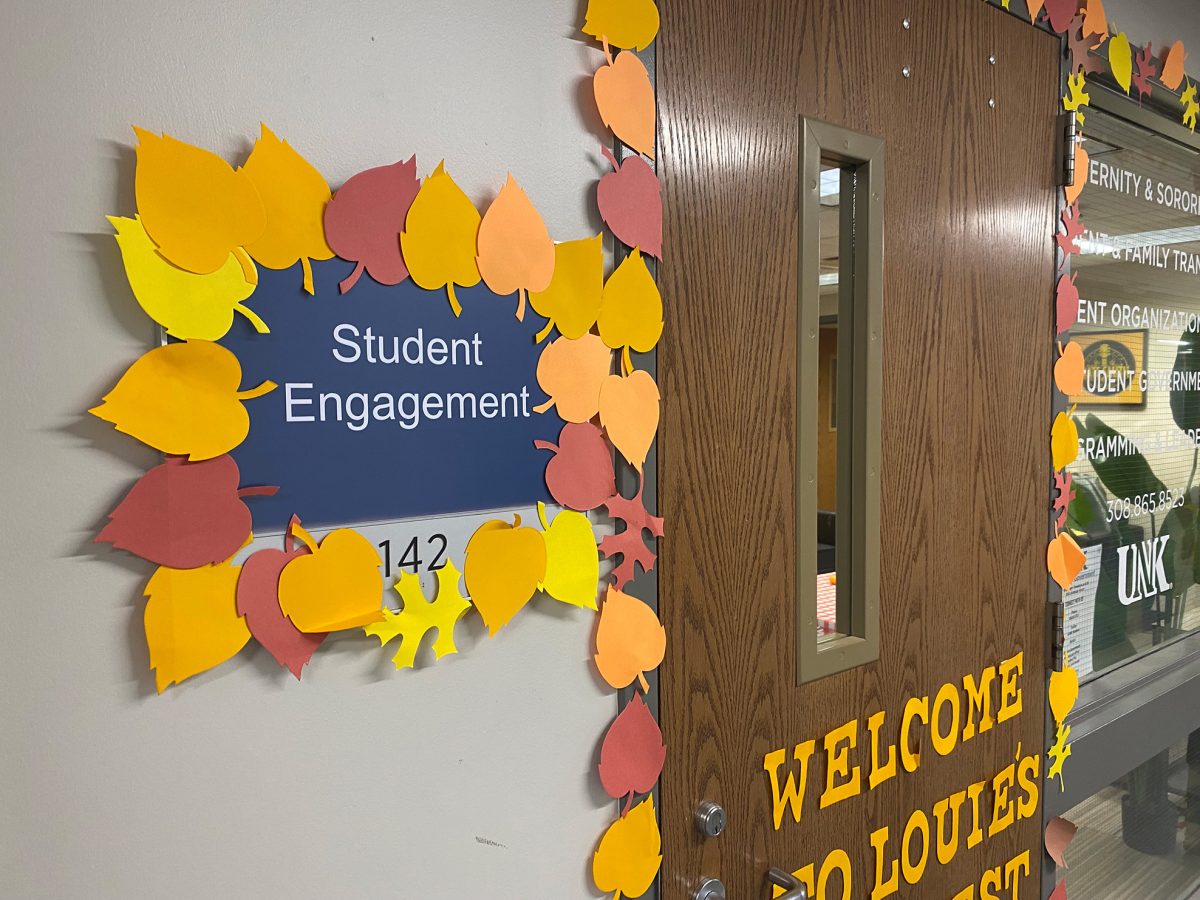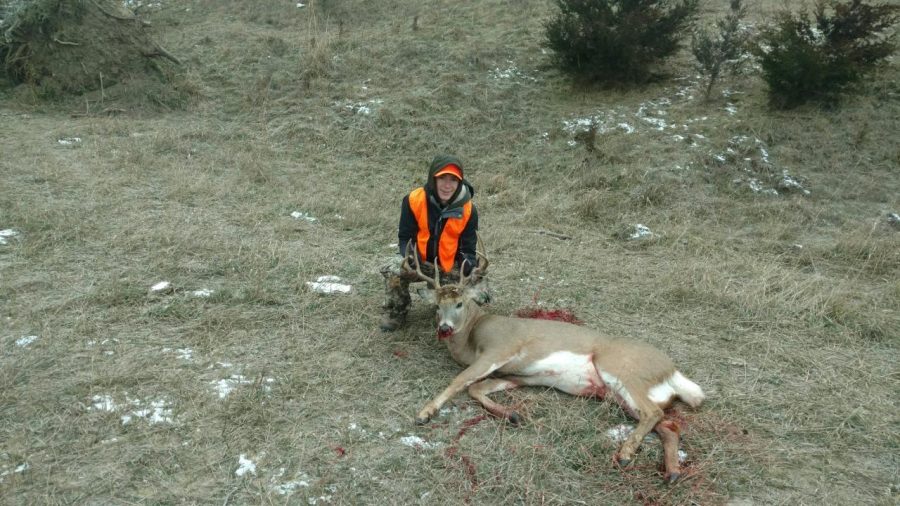GRACE MCDONALD
mcdonaldge@lopers.unk.edu
Centuries ago, pioneers paddled through streams, trekked through the underbrush, and hiked through thick forests in search of their next meal with lives depending on their success. Nowadays, the most treacherous obstacle between an average Joe and a burger is a traffic jam on the drive over to the nearest fast food restaurant.
Despite society’s advancement in food production, history is repeating itself with the birth of a new breed of hunters. Across the United States, men and women in their mid-twenties and younger are taking up the torch, seeking out innovative ways to cook wild food and sustain the environment.
According to Kim Severson’s article in The New York Times titled “A New Breed of Hunter,” the number of hunters from 1982 to 2010 decreased by nearly 2 million. Now, due to a newfound fascination with finding healthy alternatives to farm-raised meat, young Americans have increased that number to 15.6 million in 2018. This lifestyle is best portrayed in the Netflix series titled “MeatEater” in which outdoor writer, Steven Rinella, meets people who seek out game and cook delicacies from wild food.
An ambitious hunter, Troy Rasmussen of Rockville, uses his passion for wildlife to prepare his own food at the age of 16, implying that this will not be a short-lived fad.
“I try to call in mature animals, and it gives me the satisfaction of not killing young meat,” Rasmussen said.
The young outdoorsman also takes pride in how he prepares the carcass afterward.
“There are many ways to prepare it, such as deer steak and backstraps. I also hunt pheasants and turkey,” Rasmussen said. “I’m in the middle of the country, so I’m surrounded by wildlife.”
Thanks to the surrounding rural areas, it is no surprise that the students attending the UNK are also jumping onto the bandwagon of this new movement. In fact, one could argue that these Nebraskans are among the first to spark this nationwide trend.
What makes them unique is that they strive to adapt as humans in the natural circle of life. Kearney resident Justin Hoeft is a sophomore at UNK majoring in mechanical engineering who advocates for this ideology through the conservation efforts of his family each year. “We manage our duck-hunting property so that it can hold more waterfowl, provide more nesting room, and sustain different species of birds with better access to food,” said Hoeft.
His home at the tip of the rainwater basin is ideal for migratory birds to flock to. Within a year, Hoeft cleared the water of invasive weeds to provide habitats for three to five thousand ducks where there were only 500 before. Due to his efforts, Hoeft often enjoys stir-fries, duck and noodles, stews, fried meats, and a lot of jerky. “You got to get out there and try it,” Hoeft says. “Once you get involved with hunting, it’s something that you can’t get away from. The peacefulness of it all draws you back.”
America’s youth are also taking advantage of the entrepreneurial opportunities associated with these practices. Hoeft used his love of fishing and exceptional drive to found JR Lucky Lures and partner with Grow Nebraska. Using his past experience in FFA, Justin manufactures lures that can be found in Cabela’s and in Kearney’s Archway Gift Store. One of his products is a streamer fly and in-line spinner hybrid crafted from materials such as pressed pennies.
The determination to work in harmony with nature is reflected by the leaders of the new hunting and fishing movement in the United States. To the generations inheriting the world, harvesting the land is more than just capturing a trophy with large antlers. It is a way of life.





































